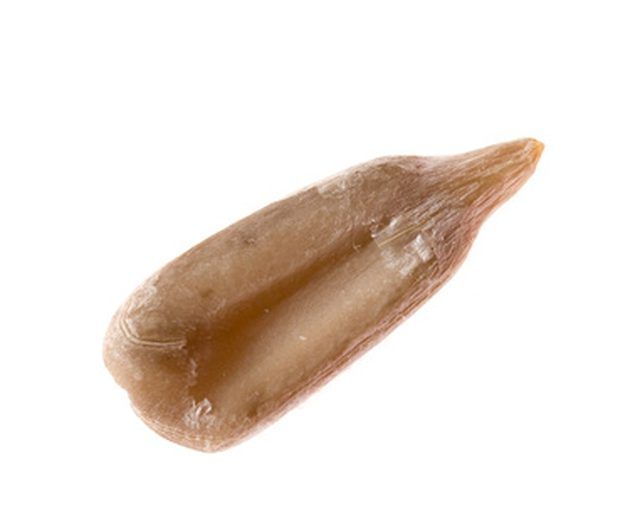Bulbs
Flower Basics
Flower Beds & Specialty Gardens
Flower Garden
Garden Furniture
Garden Gnomes
Garden Seeds
Garden Sheds
Garden Statues
Garden Tools & Supplies
Gardening Basics
Green & Organic
Groundcovers & Vines
Growing Annuals
Growing Basil
Growing Beans
Growing Berries
Growing Blueberries
Growing Cactus
Growing Corn
Growing Cotton
Growing Edibles
Growing Flowers
Growing Garlic
Growing Grapes
Growing Grass
Growing Herbs
Growing Jasmine
Growing Mint
Growing Mushrooms
Orchids
Growing Peanuts
Growing Perennials
Growing Plants
Growing Rosemary
Growing Roses
Growing Strawberries
Growing Sunflowers
Growing Thyme
Growing Tomatoes
Growing Tulips
Growing Vegetables
Herb Basics
Herb Garden
Indoor Growing
Landscaping Basics
Landscaping Patios
Landscaping Plants
Landscaping Shrubs
Landscaping Trees
Landscaping Walks & Pathways
Lawn Basics
Lawn Maintenance
Lawn Mowers
Lawn Ornaments
Lawn Planting
Lawn Tools
Outdoor Growing
Overall Landscape Planning
Pests, Weeds & Problems
Plant Basics
Rock Garden
Rose Garden
Shrubs
Soil
Specialty Gardens
Trees
Vegetable Garden
Yard Maintenance
Characteristics of Fruit & Seeds Dispersed by Water
Characteristics of Fruit & Seeds Dispersed by Water. There are several different methods of seed dispersal used by plants. One of the most common is wind. Seeds dispersed by wind have small wing attachments, or are so light they are easily carried by the wind and can drift, sometimes for miles, to seek out a location with enough freedom and...

There are several different methods of seed dispersal used by plants. One of the most common is wind. Seeds dispersed by wind have small wing attachments, or are so light they are easily carried by the wind and can drift, sometimes for miles, to seek out a location with enough freedom and nutrients to grow.
Water dispersal works in a similar way, but the seeds have different characteristics.
Water Dispersal
Some plants disperse their seeds by rivers so that the river current picks them up and carries them away until they become trapped on a different bank and start to grow. Other plants disperse their seeds in tidal areas or estuaries by which the seeds are carried away into oceans and float for a long time before coming to rest on different sections of coastline.
Shells
Seeds that float in water must have especially adapted shells. These shells must be strong, durable and waterproof: If any water leaks inside the seed, the embryo will be ruined. If the seed floats in tidal areas, the shell must also be able to resist corrosion by salt water. These seeds typically have very tough, woody coverings that are difficult to break open.
Air Pockets
Seeds that float on water must also be buoyant. Most water-dispersed seeds grow with some type of air cavity inside. Coconuts, for example, are hollow. This air cavity is large enough to counteract the weight of the seed and keep it floating as long as the shell is not pierced.
Food Storage
All seeds have some type of food storage to help the embryo grow when it begins to put down roots. In water-based seeds, the food mixture must survive long periods of time without decaying. This means the food source tends to be tougher and more meaty than that found in more fragile specimens.
Growth
The parent tree that produces the seeds must grow near a stream or ocean in order for the seeds to be properly dispersed. This is always the case—barring human intervention or a sudden change in the local geography.